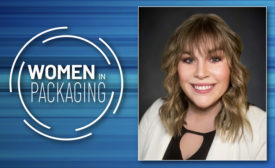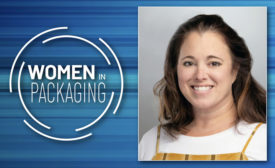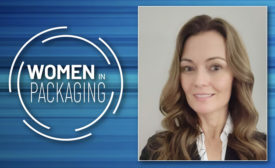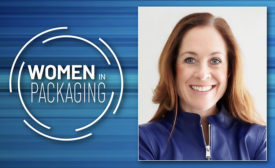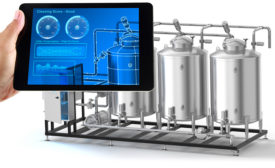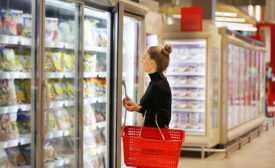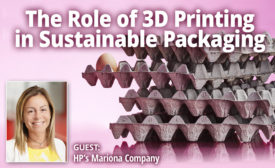Articles by Brad Addington
Manufacturing Practices Ripe for Sustainability Improvement
From reducing scrappage and waste to consolidating the manufacturing and filling of PET bottles, one expert shines a light on the myriad ways that better manufacturing practices can contribute to efficiency and sustainability.
September 13, 2023
Editor’s Note
Wall of Confusion
A recent consumer survey reveals that a considerable amount of uncertainty surrounds how to be truly eco-friendly when it comes to purchasing and disposing of ready-to-eat food packaging.
September 12, 2023
Keep the info flowing with our eNewsletters!
Get the latest industry updates tailored your way.
JOIN TODAY!Copyright ©2025. All Rights Reserved BNP Media.
Design, CMS, Hosting & Web Development :: ePublishing
